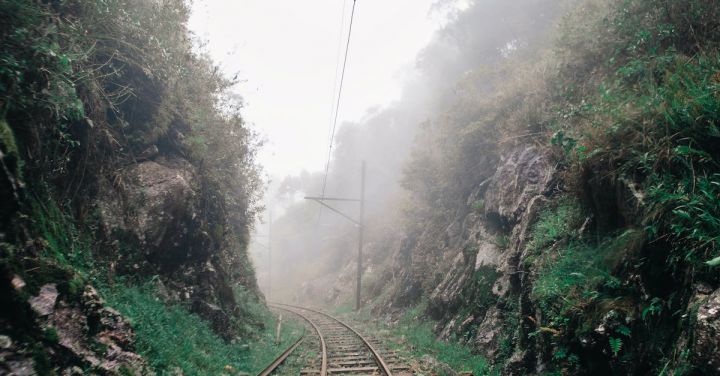Nestled in the heart of the city, the railroad museum stands as a testament to the rich history and ingenuity of the locomotive industry. As you step through the entrance, you are transported back in time, surrounded by a captivating collection of artifacts and exhibits that tell the story of the railroad’s evolution.
The curation of a railroad museum is a meticulous process that requires a keen eye for detail and a deep understanding of the significance of each artifact. The curator’s role is to carefully select, categorize, and display these treasures, ensuring they are not only visually appealing but also educational and informative.
One of the first steps in curating a railroad museum is acquiring the artifacts. This involves scouring auctions, private collections, and even abandoned railway yards in search of hidden gems. Each artifact must be carefully assessed for its historical value and condition, as only the most significant and well-preserved pieces make the cut.
Once the artifacts are acquired, the curator must determine how best to showcase them. The layout of the museum plays a crucial role in creating an immersive experience for visitors. A carefully designed floor plan allows for a logical flow, guiding visitors through different eras and aspects of the railroad’s history.
The curator’s job is not just about arranging artifacts; it is about telling a story. Each exhibit is carefully curated to highlight a particular theme or aspect of railroad history. From the early steam engines that revolutionized transportation to the luxurious passenger cars of the golden age, every exhibit offers a glimpse into a different chapter of the railroad’s past.
The artifacts themselves are not enough to captivate visitors; they need context. The curator painstakingly researches each artifact, unearthing the stories behind them. These stories are then woven into the exhibits, allowing visitors to connect on a deeper level with the history they are witnessing. From the personal anecdotes of engineers to the impact of the railroad on local communities, every detail is carefully considered to create a meaningful experience.
Preservation is another crucial aspect of curating a railroad museum. The curator must ensure that each artifact is properly cared for and protected from deterioration. This involves maintaining strict temperature and humidity controls, as well as implementing conservation techniques to prevent damage caused by exposure to light and air.
In addition to preserving physical artifacts, the curator also curates a collection of archival materials. These include photographs, documents, and oral histories that further enrich the museum’s narrative. These materials provide a deeper understanding of the people and events that shaped the railroad industry.
The curation process doesn’t end once the museum is open to the public. The curator must constantly assess and update exhibits to ensure they remain relevant and engaging. This involves staying up to date with the latest research and advancements in the field, as well as seeking feedback from visitors to improve their experience.
As you make your way through the railroad museum, you can’t help but be in awe of the incredible effort that goes into curating such a vast collection. From the careful selection of artifacts to the creation of immersive exhibits, the curator’s role is essential in preserving and sharing the rich history of the railroad.
So next time you visit a railroad museum, take a moment to appreciate the dedication and passion that goes into its curation. Behind every exhibit lies a curator’s tireless pursuit of historical accuracy and a desire to educate and inspire visitors. It is through their expertise and commitment that the story of the railroad comes to life, allowing us to appreciate and learn from the past.
